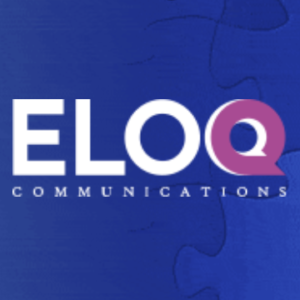
In the ever-evolving landscape of public relations (PR), the ability to measure and evaluate the effectiveness of campaigns and strategies is paramount. Evaluation methods serve as compasses, guiding PR professionals toward success by providing insights into what works and what doesn’t. However, amidst the myriad of metrics available, understanding the nuances between output, outtake, and outcome measures is crucial.
The 3-O’s: Output, Outtake, and Outcome Measures
There are several ways to evaluate the effectiveness of a PR campaign. However, people are often confused about how the number of coverages could be evaluated against a positive perception or a change in brand awareness. While these measures are related, grasping the distinctions between these concepts could help PR practitioners unlock deeper insights into the impact of their strategies and drive tangible results.
- Outputs: Outputs represent the tangible products or materials produced as part of a PR campaign. These could include press releases, social media posts, blog articles, and event presentations. Output measures focus on quantifying the volume and quality of these deliverables, such as the number of press releases issued, the frequency of social media posts, or the reach of blog articles. While outputs provide insights into the quantity of PR activities, they alone do not measure their impact.
- Outtakes: Outtakes delve deeper into understanding how audiences interact with PR content. They measure audience responses, perceptions, and behaviors resulting from exposure to PR efforts. This could include metrics such as website traffic, social media engagement, media coverage sentiment, and audience surveys. Outtake measures help PR professionals gauge the effectiveness of their messaging and communication strategies in resonating with target audiences.
- Outcomes: Outcomes represent the ultimate results or changes achieved as a result of PR activities. Unlike outputs and outtakes, which focus on activities and audience responses, outcomes assess the broader impact on organizational goals and objectives. These could include changes in brand perception, customer behavior, sales revenue, or public opinion. Outcome measures provide valuable insights into the tangible benefits and contributions of PR efforts to overall business success.
The Evolution Beyond AVEs
The shift away from AVEs in PR evaluation signifies a departure from outdated measurement practices. AVEs lack validity and consistency, equating earned media coverage with paid advertising without considering qualitative differences. Their narrow focus on outputs overlooks the broader objectives of PR campaigns and fails to provide insights into their impact on organizational outcomes. As AVEs fade into obsolescence, PR professionals must embrace more meaningful metrics aligned with strategic goals. Alternative metrics such as brand perception, customer behavior, business impact, media influence, and stakeholder engagement offer a more comprehensive understanding of PR effectiveness. By prioritizing outcome-driven metrics, PR practitioners can demonstrate the true value of their efforts and drive strategic decision-making. Let’s embrace this evolution in PR evaluation, paving the way for a more insightful and impactful approach to measuring PR success.
Embracing Meaningful Evaluation Metrics
As AVEs fade into obsolescence, PR professionals must embrace more meaningful evaluation metrics that align with organizational goals and objectives. By prioritizing outcome measures over outputs and outtakes, PR practitioners can demonstrate the true value and impact of their efforts. Here are some alternative metrics to consider:
- Brand Perception: Assess changes in brand perception and sentiment among target audiences following PR campaigns.
- Customer Behavior: Measure shifts in customer behavior, such as increased website visits, inquiries, or purchases attributed to PR efforts.
- Business Impact: Evaluate the direct impact of PR activities on business outcomes, such as revenue generation, lead generation, or market share growth.
- Media Influence: Gauge the influence and credibility of earned media coverage by analyzing media mentions, share of voice, and audience engagement metrics.
- Stakeholder Engagement: Monitor stakeholder engagement levels and identify opportunities to strengthen relationships with key stakeholders.
As we see it, the landscape of PR evaluation is evolving, with a growing emphasis on outcome-driven metrics and a departure from outdated methods like AVEs. By embracing meaningful evaluation metrics that focus on outcomes and business impact, PR professionals can demonstrate the true value of their efforts and drive strategic decision-making. As we navigate this shift, let’s continue to innovate, adapt, and prioritize the metrics that truly matter in driving PR success.
(X-posted on EloQ’s blog)











